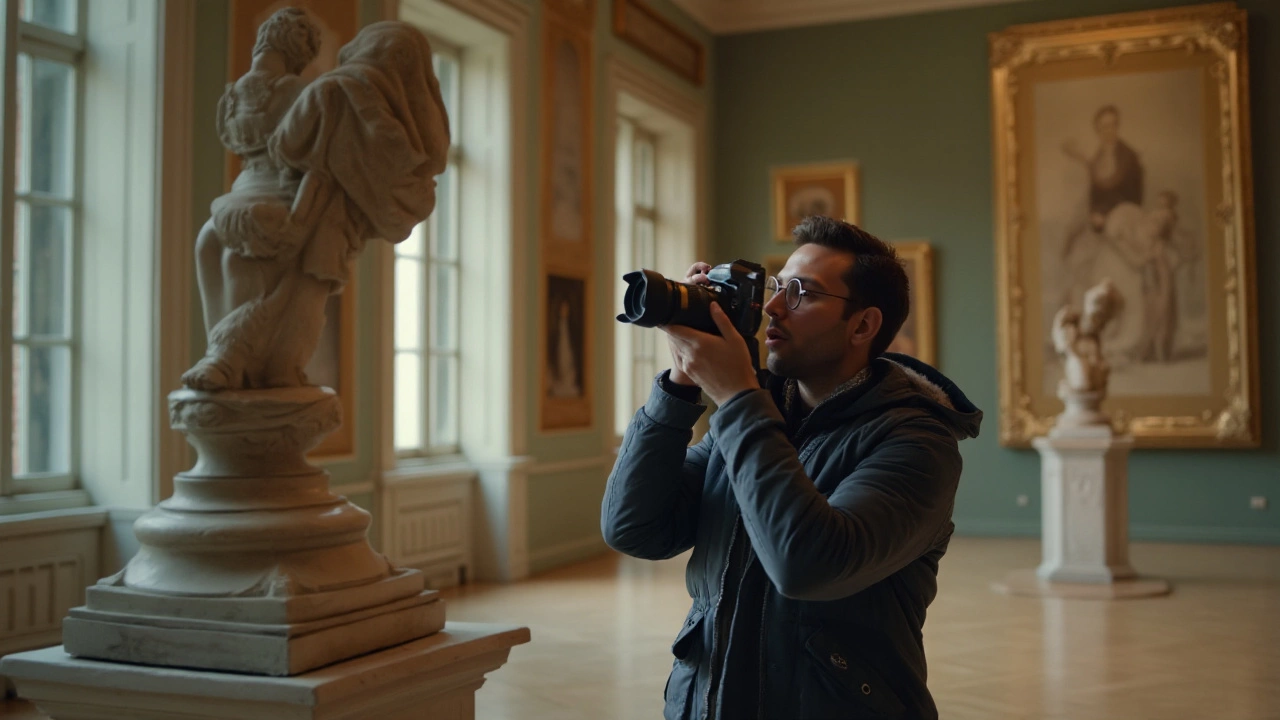Photography Tips and Inspiration for Every Skill Level
Want better photos without buying expensive gear? Start by mastering the three things you can control: light, composition, and patience. Turn on the camera, walk around, and notice how light changes the mood of a scene. When the light feels right, take a few shots and compare. You’ll see instantly what works.
Essential Photo Basics
First, learn the rule of thirds. Imagine a tic‑tac‑toe grid on your screen and place the main subject on one of the intersecting points. This simple trick makes the picture feel balanced and draws the eye. Next, watch your background. A cluttered backdrop can distract from the subject, so move a few steps or change your angle to clean it up.
Second, use your camera’s native settings before reaching for the auto mode. Set the ISO low (100‑200) in bright light to keep images sharp. Raise the ISO only when you’re in low light and can’t get a tripod. Adjust the shutter speed to freeze motion – faster for action, slower for flowy waterfalls.
Third, practice focusing on the eyes when shooting people. The eye is the gateway that connects the viewer to the subject. Tap the screen or half‑press the shutter button to lock focus on the eyes, then recompose if needed.
Creative Techniques to Try
Play with depth of field by opening your aperture (low f‑number). A blurred background makes the subject pop, perfect for portraits or product shots. If you want everything sharp, close the aperture (high f‑number) and use a tripod for stability.
Try shooting from low angles. Get down to the ground, tilt the camera up, and you’ll see ordinary objects look dramatic. This works great for street scenes, flowers, or kids playing.
Use reflections for extra interest. Puddles, windows, or shiny surfaces can double the visual impact. Position the camera so the reflection leads the viewer’s eye toward the main subject.
Don’t forget to edit, but keep it simple. Adjust exposure, contrast, and white balance to match what you saw. A quick tweak can turn a good photo into a great one without making it look over‑processed.
Finally, build a habit of reviewing your shots. After each shoot, pick three pictures you like and three you don’t. Identify what worked and what didn’t. This habit creates steady improvement faster than random practice.
Photography is all about seeing and then capturing what you see. Use the basics, experiment with a few creative tricks, and keep learning from every click. With these steps, you’ll notice better photos in weeks, not months.

17 Oct 2024
The seven fine arts encompass a diverse range of creative expressions, including painting, sculpture, architecture, music, literature, performing arts, and cinema. Each form offers unique insights into human creativity and cultural heritage. The article delves into how fine art photography serves as a bridge between visual arts and other art forms, offering techniques and inspiration. Get inspired to appreciate the beauty and craft behind these arts, and discover how they link back to the modern lens of photography.
Continue reading...
